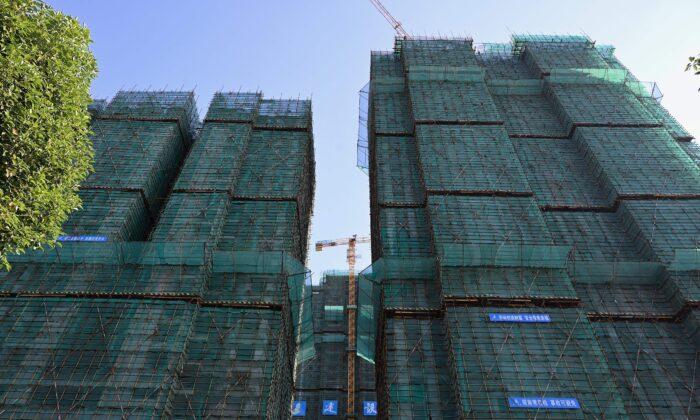Henan, China’s third most populous province, reported a reduction of 110,000 permanent residents in 2022 compared to 2021. Several other provinces have also reported various degrees of population decline.
On Feb. 20, the central Henan provincial statistics bureau announced its second year of population decline.
In 2022, Henan recorded 98.72 million permanent residents, a reduction of 110,000 people from 2021.
Negative Population Growth
In 2022, the province reported 733,000 births and 741,000 deaths; that translates into a population growth below zero for the entire province.Henan officials interpreted the “decline of the population” as the province’s “birth continuing to decrease and the number of deaths increasing” due to factors such as a decline in women at childbearing ages, women’s attitudes towards giving births, and delayed marriage, population outflow, and an aging population.
It is noteworthy that in 2020, the number of births in Henan fell below one million for the first time. There were 920,000 births that year, a record low since 1978. In 2021, Henan’s number of births declined to 793,000, the lowest since 1978.
Previous years’ data showed the annual births in Henan exceeded 2 million for four consecutive years from 1987 to 1990; it dropped to 1.72 million in 1991 and fell below 1.5 million after 1993; from 2002 to 2010, Henan recorded nine consecutive years of annual births between 1.1 million and 1.2 million.
Chinese media, Yicai, revealed on Feb. 6 that the population declined in other local provinces in 2022, such as Guizhou Province, Qinghai Province, Jiangxi Province, Chongqing City, Gansu Province, and Guangxi Province.

Earlier this year, China reported its first population decline in six decades in 2022.
According to China’s National Bureau of Statistics, on Jan. 17, the nation’s overall population plummeted by 850,000, a reduction due to 10.41 million deaths and 9.56 million births nationwide.
China’s narrow definition of COVID-19 mortality—limited to patients who died from respiratory failure after contracting COVID-19, has led to global criticism, with the World Health Organization saying the criteria “will very much underestimate the true death toll associated with COVID.”
The outlook of Henan’s population isn’t promising, considering the recent official report of the latest pandemic surge in the province.
On Jan. 9, Henan health officials admitted that 90 percent of the province population have been infected with COVID-19. The exact timeline of when these infections happened wasn’t provided, reported AFP news agency.





